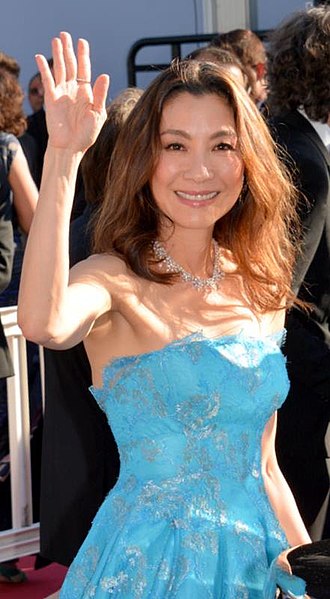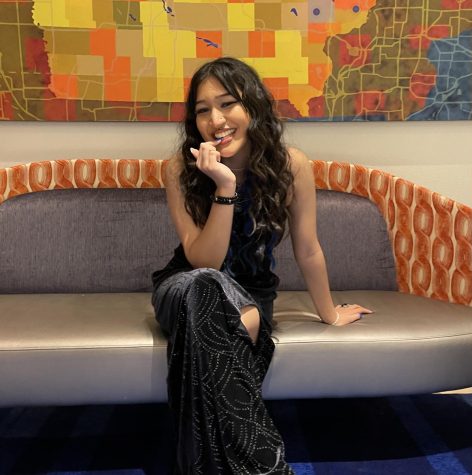
It feels as though films have been lacking in originality as years pass. Stories are recycled and repeated, and movie-goers can only hope for a refreshing film with quality cinematography, plot, character development, theme and more.
Fortunately, beloved studio A24 widely released “Everything Everywhere All at Once” on April 8, giving audiences exactly what they were looking for. Though many viewers were also pleased with the several recognizable movie references, the film’s bold individuality still shone through. Directed by Dan Kwan and Daniel Scheinert, the comedic sci-fi adventure received critical acclaim all across the board.
The movie takes viewers on an exhilarating journey through the multiverse along with protagonist Evelyn Wang, a middle-aged Chinese immigrant and laundromat owner living in America. Though her experiences seem far from ordinary or even possible, Evelyn’s very character and her struggles represent humanity’s relationship with time, indecision and acceptance.
The title of the film reflects how watching it feels: Everything is literally everywhere all at once. Before any of the multiverse lore is introduced, Kwan and Scheinert make the chaotic atmosphere of the story prominent through the set design and overall cinematography.
The Wang’s home is extremely cluttered with their laundromat receipts, customers’ bags and other random items. The laundromat connected to their home is constantly busy. Evelyn’s daughter Joy barely has time to speak to her mother, which is made clear through quick successive short scenes of Joy being ignored while she plans a party for the night.
Small details throughout emphasize the theme of time and its never-ending, cyclical nature. Circular mirrors can be found littered around the house and even in the local IRA offices. The washing machines in the laundromat are always turning – always completing infinite cycles. The fan continues to turn, seemingly forever. Even villain Jobu Topaki’s terrifying bagel shaped portal is a spinning black hole.
Evelyn faces battles with time as she seems to be running out of it. She wants to make things right with her daughter, but it just feels too late. At one pivotal moment, Evelyn exclaims that nobody knows what they are doing in life. “We’re just going around in circles,” she says. Motifs of indecision come to light through Evelyn’s relationship with how to choose what is “right.”
Naturally, this theme is developed through the overall engaging plot. The multiple realities Evelyn encounters are simply different lives she could be living, had she changed one small decision in her life. These potential existences leave audiences thinking about how a single decision truly changes the course of one’s entire life, and the possible arbitrariness of it all.
Apart from the serious messages put forth by the movie, its comedic elements took its entertainment value to the next level. Hot dogs for fingers, trophies resembling sex toys and many more strange yet unforgettable aspects of the film had viewers howling with laughter in their seats.
The value “Everything Everywhere All at Once” provides is unique to each viewer. From LGBTQ+ acceptance to generational trauma, the movie covers it all. Senior Josephine Olderog mentioned, “I loved how the movie intersected humor with important messages, it’s something you usually don’t see in Hollywood too often. I was super impressed by how well thought out everything was. I think I need to watch it again to understand the message better.”
In any case, it contains many life lessons that resonate with audiences and are worth taking note of. Perhaps one of the most important ones is that even if it were possible, it is not worth going back in time or changing realities to make things right; what matters most is accepting what is already there and cherishing it from now onwards.








